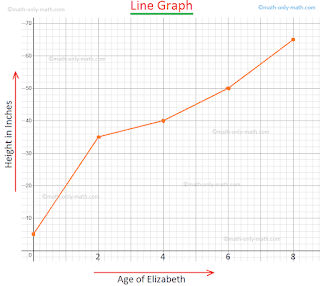Unlocking Mathematical Concepts
A Comprehensive Approach to Teach You Maths
In the world of mathematics, mastering fundamental concepts is key to building a strong foundation. This exploration focuses on an innovative approach to teaching mathematics, emphasizing the significance of place value words, graphs that represent functions, and the practical utility of the chi-square distribution table.
Place Value Words: Bridging the Gap in
Numerical Understanding
Conceptualizing
Numbers with Precision
Teaching mathematics through place value words is a transformative method that brings numbers to life. By associating words with each place value (units, tens, hundreds, etc.), students develop a nuanced understanding of numerical concepts. This approach helps bridge the gap between abstract numerals and real-world applications, fostering a deeper and more intuitive grasp of mathematics.
Enhancing Critical
Thinking Skills
Place value words encourage critical thinking by requiring students to analyze and interpret the hierarchical structure of numbers. Whether reading or writing numbers in words, students engage in a cognitive process that reinforces mathematical fluency. This method transcends rote memorization, promoting a conceptual understanding that forms the basis for tackling more complex mathematical concepts.
Graphs Representing
Functions: Visualizing Mathematical Relationships
Visual Learning for
Conceptual Clarity
Integrating graphs that represent functions into math education is pivotal for visual learners. Graphs offer a tangible representation of mathematical relationships, making abstract concepts more accessible. Students can observe how changes in one variable affect another, fostering a deeper understanding of functions and equations. Visual learning through graphs is particularly effective in conveying complex mathematical ideas in an intuitive and memorable way.
Connecting Theory to
Real-World Applications
Graphs provide a powerful tool for connecting theoretical mathematical concepts to real-world scenarios. By analyzing graphs, students can decipher practical implications of mathematical functions. This approach not only enhances comprehension but also underscores the relevance of mathematics in solving real-world problems. From physics to economics, the ability to interpret graphs is a valuable skill that transcends the classroom.
The Chi-Square
Distribution Table: Practical Application of Statistics
Understanding
Probability Distributions
The chi-square distribution table is a fundamental tool in statistics, providing critical values for the chi-square test. Teaching students how to navigate and interpret this table equips them with essential skills in probability and hypothesis testing. It opens a gateway to statistical analysis, enabling students to make informed decisions based on observed data.
Applications in
Research and Decision-Making
Educating students on the chi-square distribution table goes beyond theoretical knowledge. It empowers them to conduct statistical analyses in research, quality control, and decision-making processes. Understanding the chi-square distribution is crucial for students pursuing fields where statistical inference plays a vital role, such as epidemiology, psychology, and business analytics.



Comments
Post a Comment